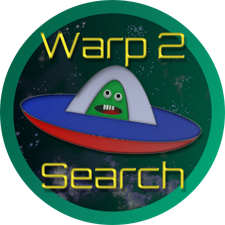The desktop environment in Rocky Linux 10 has transitioned to using Wayland instead of the X.Org Server, with Xwayland enabling compatibility for most X11 clients that have not yet migrated to Wayland. Major updates have been implemented across various applications and components, including dynamic programming languages, web and database servers, performance tools, compilers, and the introduction of support for the RISC-V architecture, which broadens the operating system's hardware compatibility.
For installation, updated media, containers, and cloud images are available. Notably, all 32-bit packages have been removed, requiring users to utilize 64-bit libraries or containers for any 32-bit applications. Users are granted administrative privileges by default unless otherwise specified during installation.
Rocky Linux 10 has undergone robust testing to ensure stability and reliability. However, users are advised that upgrades from previous major versions (8.x or 9.x) are not supported, and a fresh installation is recommended.
The release also emphasizes a transition in its build system from Peridot to Koji to facilitate better management and compatibility with future releases, while prioritizing security measures like Integrity Measurement Architecture (IMA). The project acknowledges the contributions of numerous volunteers and sponsors, whose efforts have been vital to the release's success.
In summary, Rocky Linux 10.0 marks a pivotal step in enhancing the distribution's capabilities and support for modern architectures, while maintaining a commitment to community-driven development and transparency. The project encourages users to participate in testing future releases and to engage with the community through various channels.
With these advancements, Rocky Linux continues to establish itself as a robust alternative in the enterprise Linux ecosystem, appealing to a broad range of users and hardware configurations
Rocky Linux 10.0 released
Rocky Linux 10 has been released. The release features important modifications, notably the discontinuation of support for x86-64-v2 architectures and the requirement for AMD and Intel 64-bit architectures for x86-64-v3. The Remote Desktop Protocol (RDP) has become the standard for graphical remote access, superseding VNC. The DHCP client in RL 10 is integrated as an internal subsystem of NetworkManager, while the ISC DHCP server has reached its end-of-life status upstream.
The desktop environment in RL 10 utilizes Wayland, substituting the X.Org Server with Xwayland, which will accommodate the majority of X11 clients that have not yet transitioned to Wayland. Several desktop applications and components have been updated in RL 10. Significant new features encompass dynamic programming languages, web and database servers, performance tools and debuggers, performance monitoring tools, compiler toolsets, and support for the RISC-V architecture.


